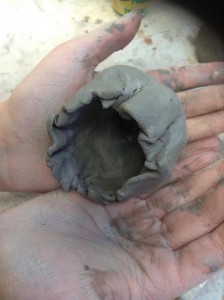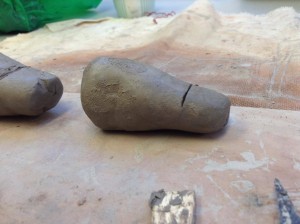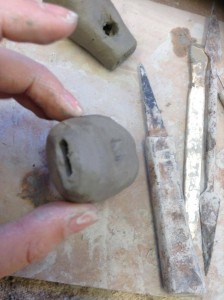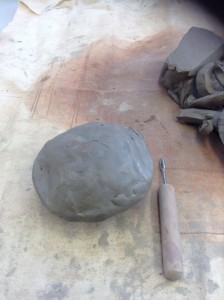Once all the instruments had dried I tested each of them in the same way. I did this to gain vaild test results. I also choose to write down numbers in different areas rather than just noting down opinions on each instrument to gain measurable results.
On the visual aesthetics of the instrument by this I mean whether the instrument has and obvious imperfects (cracks and dents). Sound production quality was testing how clear the sound was to hear for example it could have sounded too fuzzy. Lastly, in sound production, I tested how easy it was to make the sound from the instrument.

From these results and from production the Pinch pot method is the best method of making the instruments.
As practice towards the tuning of the instruments, I tuned some of the instruments. From this practice, I figured out the tuning system I hope to use and created a chart for tuning so that I can tune in any key.





